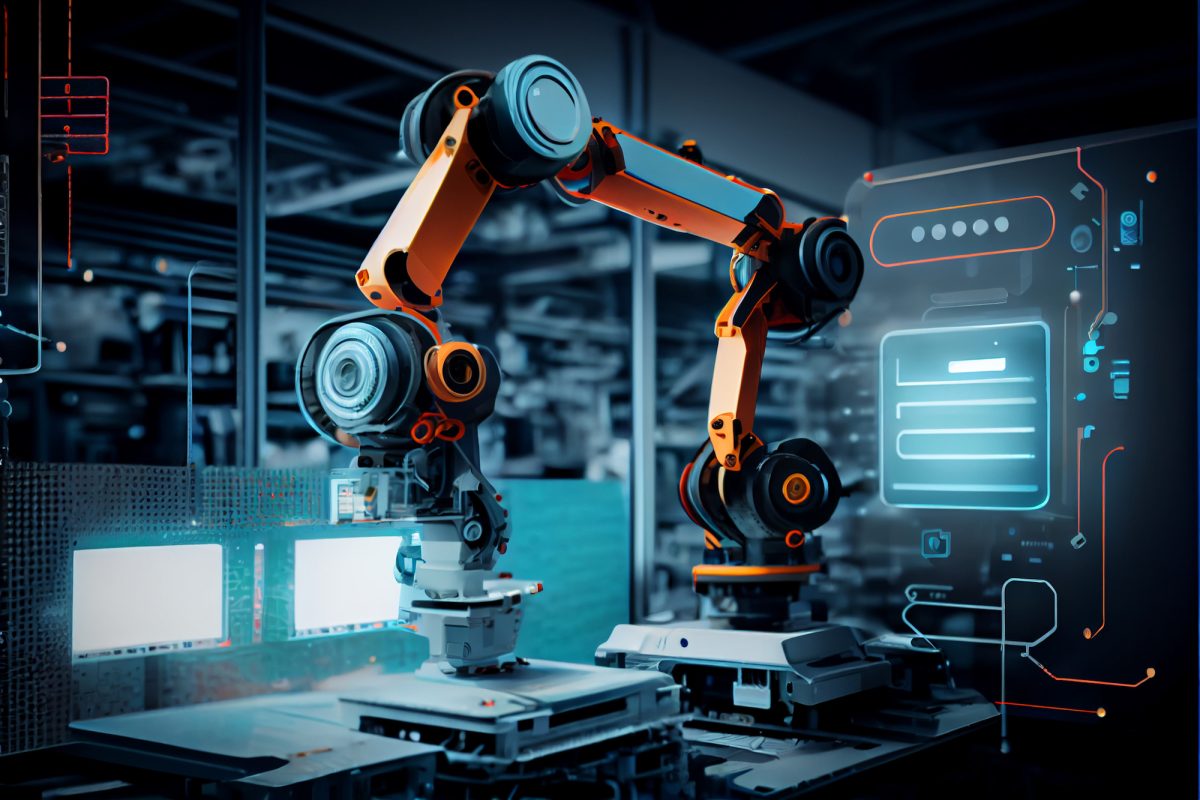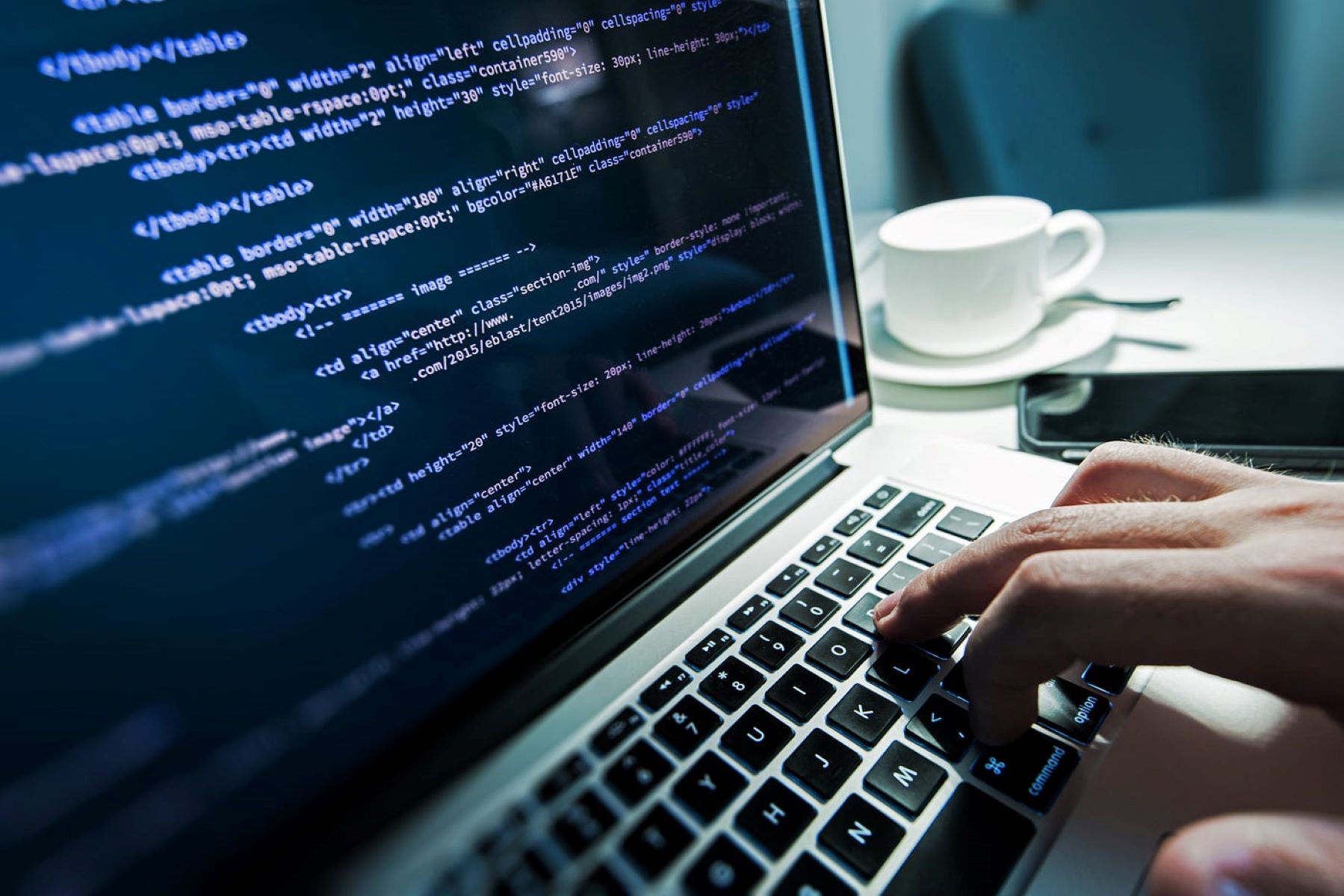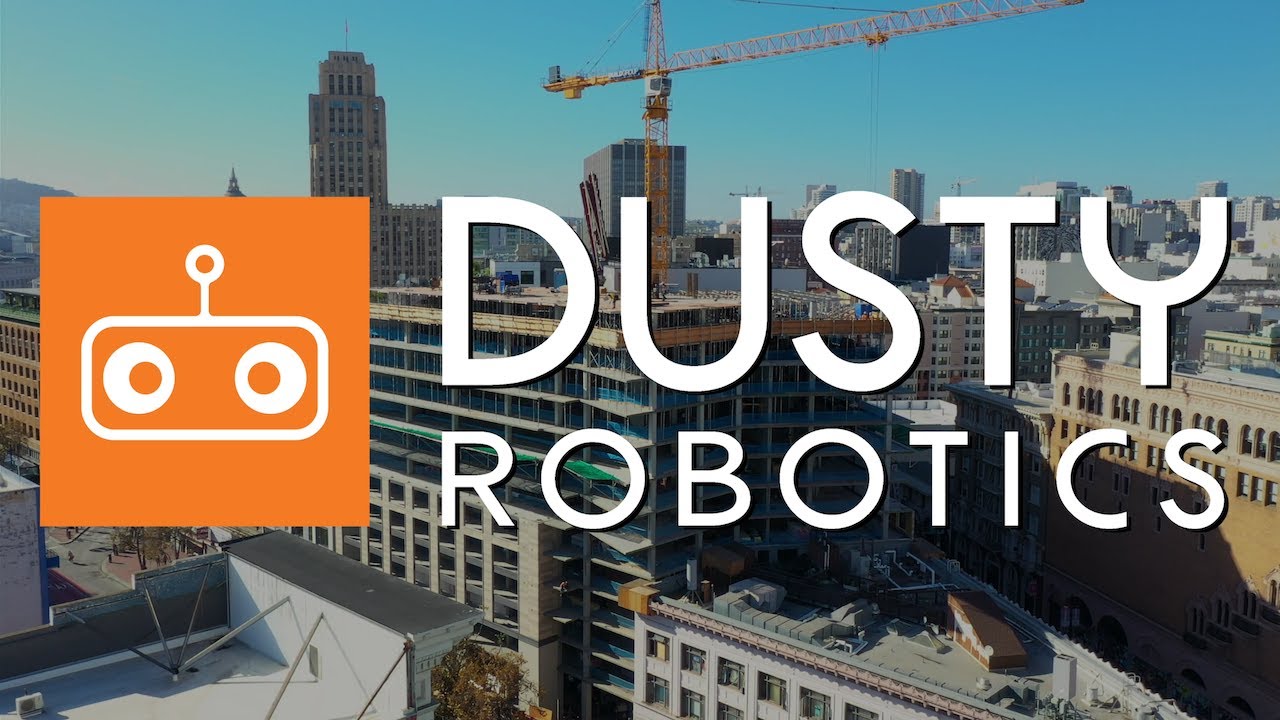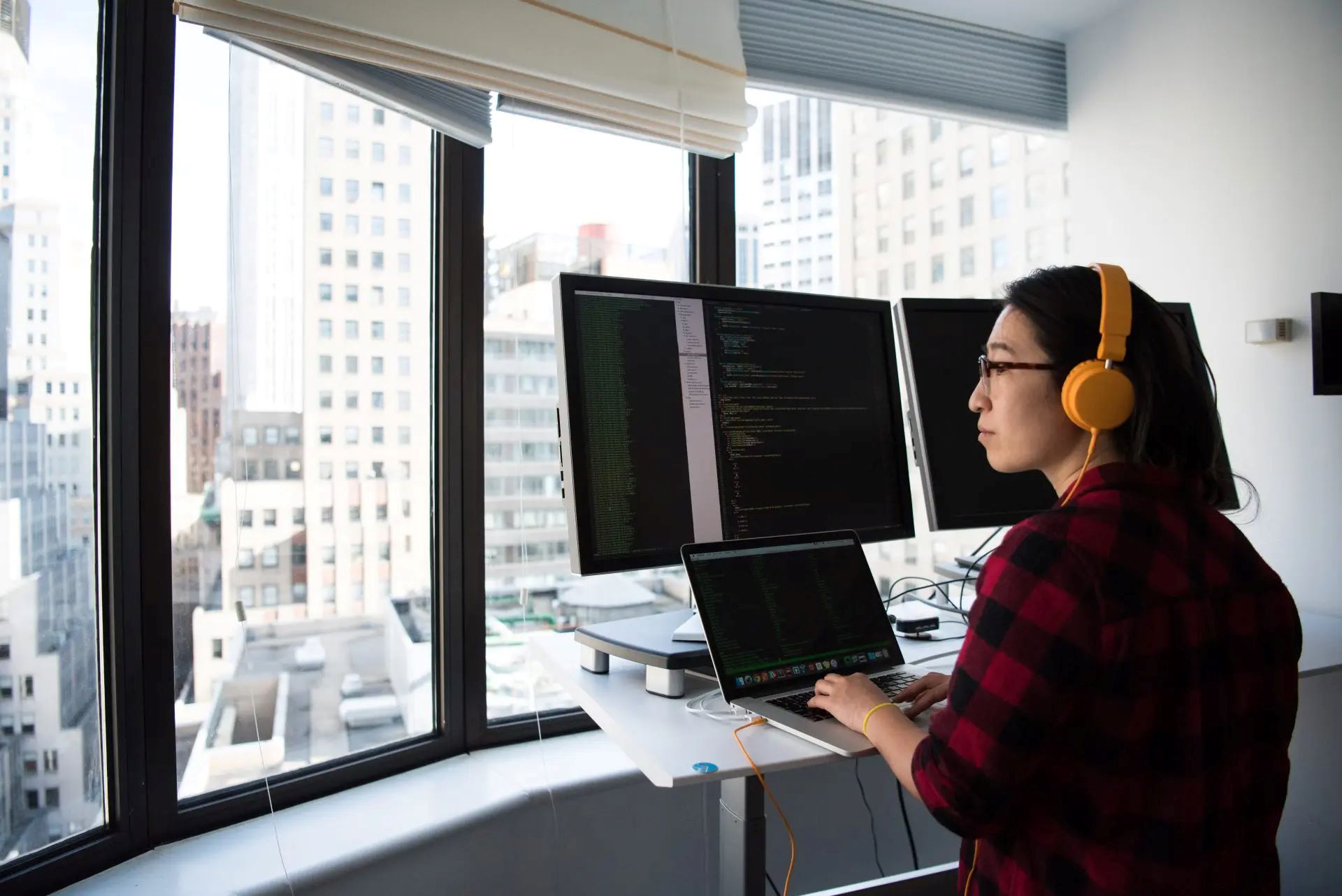Robots with a ‘human touch’ might sound like an oxymoron, but today’s automation of factories or robots assisting in surgeries is the reality, thanks to the seamless integration of software development and robotics. We’re talking about intelligent, responsive systems that understand and adapt to human needs and environments. IoT software development is central to this ‘machine’ evolution, helping robots better comprehend how to interact with people and their surroundings.
An engineering team with the right expertise can code robotic process automation (RPA) solutions that communicate with other devices, undertake complex tasks, learn, and make independent decisions. Modern robot software gives birth to ground-breaking innovations that open new possibilities for automation.
The Intersection of Robotics and Software Development
The fusion of robotics and software development marks a new chapter in the progress of automation. Robotics, traditionally seen as mechanical and electrical engineering, now have ‘brains’ – software that allows robots to perform complex functions that involve precision and decision-making. And not the last role in this evolution is played by IoT integration and some major advances in IoT software development:
- Enhanced sensor technology. Modern robots come equipped with multiple sensors (cameras, lidar, pressure sensors, and more) to perceive and interact with objects in much greater detail. With their help, robots collect information necessary for precise operations.
- ML and AI algorithms. These technologies make robots smarter by helping them learn from data and previous experience, adapt to new situations, and act upon the data received.
- Advanced programming interfaces. The development of user-friendly APIs has simplified robot programming and custom feature integration. One can quickly adapt RPA systems to execute different tasks. For example, a robot programmed for assembly line work can be quickly reconfigured for quality inspection tasks.
- Better connectivity. IoT development and its integration with RPA connects robotics to a large ecosystem of smart devices. It means they can communicate and exchange data with other devices and systems, get instructions, and better respond to changes, optimizing their actions based on the information. As a result, we get more intelligent automation where robots can anticipate needs, proactively address issues, and collaborate more effectively with human operators.
Key Technologies Driving Integration
When IoT software development empowers robotics, a new kind of technological alchemy occurs that reimagines the possibilities of what machines can do and be. Now, the question is, what are the primary forces driving this powerful combination? The answer lies in the fact that striking improvements in both robotics’ hardware and software components have made them cheaper and better over the years, turning once far-fetched robotics concepts into viable commercial realities.
- Robotic hardware advancements. Robotic hardware has experienced a thrilling evolution from simple mechanical arms on assembly lines to interactive robots performing complex surgeries. That became possible due to several tech components seeing the upgrades and innovations. Processors are now smaller but more powerful, sensors are ultra-sensitive, and materials robots are made from are lighter and more durable. Add to that the leaps in energy storage, particularly with lithium-ion batteries, which extend the life of mobile robots, and we get robots that are more efficient, smaller, lighter, safer, and can operate longer without recharging or maintenance.
- Software innovations: AI and ML. Software is as important for state-of-the-art RPA solutions as hardware. In this context, AI and ML technologies turn the programmed machines that follow predefined rules into smart robots capable of learning and making decisions on their own. So, AI-powered robots can improve performance over time and adapt to new tasks. IoT software development also contributed by simplifying the communication between smart robotics. In a smart factory, for instance, IoT and AI-enabled robots can monitor production lines, predict maintenance needs, and optimize energy consumption based on data.
Integration Challenges
Robotics powered by IoT can bring amazing results, but there are some technical and compatibility challenges to overcome. As different systems operate on different platforms, making them communicate seamlessly is the major hurdle. Developers must create or adapt interfaces to fix that. Another challenge is the sheer volume of data the IoT sensors produce. To process and analyze it, you need robust computing power and complex algorithms to make sense of it all.
From a financial perspective, the development of IoT-based robotics, though beneficial in the long run, demands substantial initial investment. The costs associated with upgrading hardware, developing compatible software, and maintaining secure and reliable data transmission can be rather expensive for many businesses.
Case Examples of Successful Integration
Manufacturing is one of the sectors that was reshaped a lot by IoT development, particularly the production floor. Factories now employ IoT-enhanced robots that handle tasks ranging from assembly to quality control with unparalleled efficiency. Besides automation, these robots can predict maintenance needs and optimize production, bringing reduced downtime, enhanced product quality, and a more agile response to market demands.
Another area where IoT and software development brought impactful applications is healthcare. Take surgical robots that assist doctors in precise operations, especially in minimally invasive procedures. They enhance surgical accuracy and reduce patient recovery times, ultimately improving outcomes.
The Future of Robotic Automation
The future of robotics is tightly intertwined with IoT integration, which makes them smarter and more interconnected. We’re likely to see robots becoming more autonomous and capable of complex decision-making and learning. Industries that already heavily rely on IoT-enabled robots – manufacturing, logistics, healthcare, transportation – will see higher efficiency that improves their bottom line.
As advanced robots become more prevalent, they could redefine job roles and skills needed to work alongside these machines. We’re not talking about replacing people but acquiring new skills to perform tasks faster and smarter. Robots have also deeply penetrated into our daily lives, which highlights the need for implementing thoughtful ethical guidelines and strong regulations.
Conclusion
The intersection of IoT software development with robotics paves the way for a new era of automation. This tight integration gives rise to next-generation robotics designed to empower human work. They enhance job efficiency, productivity, and precision, pushing the boundaries of what’s possible in various industries.
As we continue to innovate and embrace new technology, the future looks highly technological yet more human-centric, with robots as our partners in building a more productive world.

























